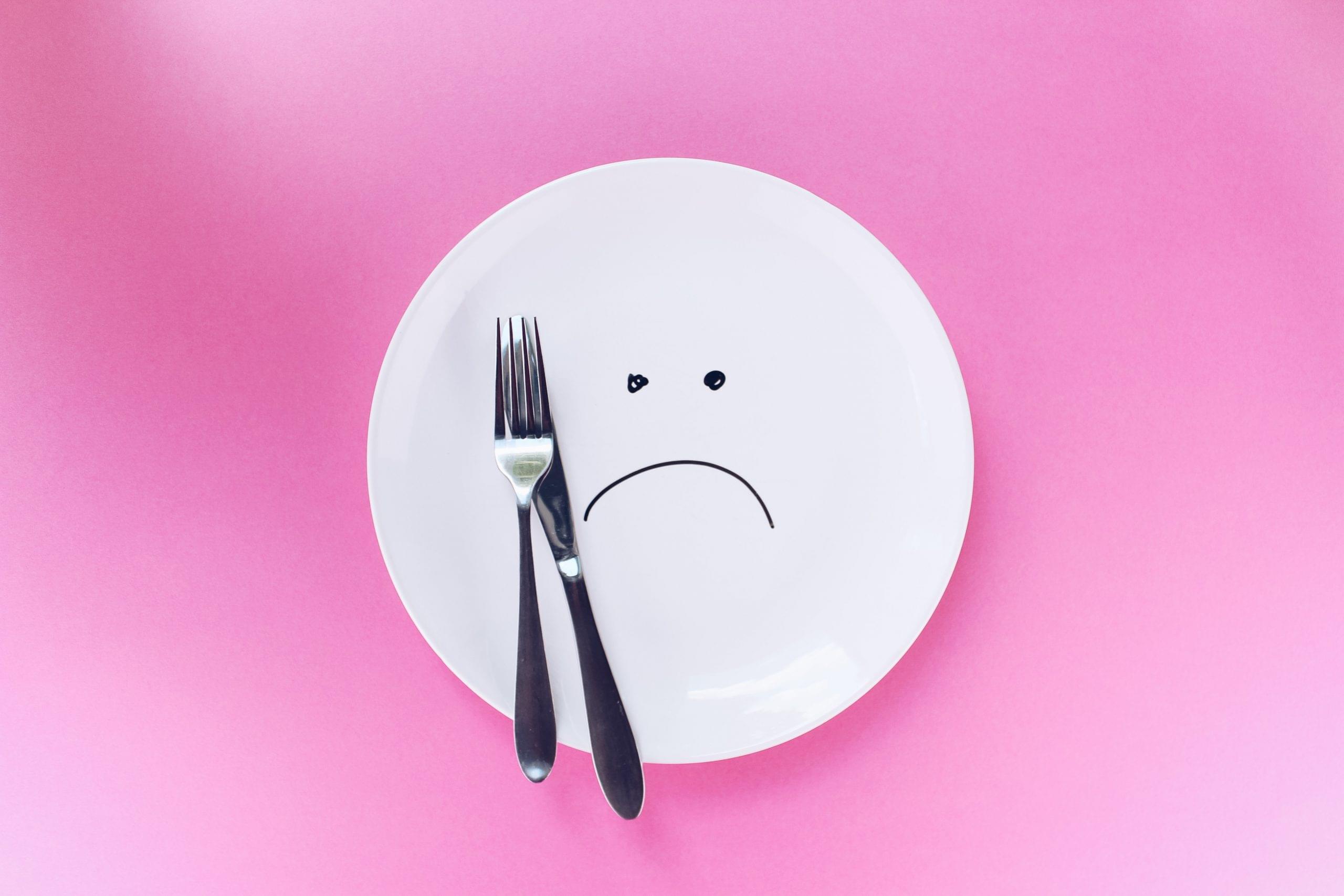Your cart is currently empty!

April 12, 2020
Tuna in a can You Can Eat Tuna Salad to Quench the Raging Hunger on Day 2 (Photo Credit: Jodimichelle, flickr.com, licence CC BY-SA 2.0 Generic). Despite a ketogenic diet’s ability to control your hunger and cravings, when the body first runs out of fuel, it will let you know. Hunger may increase dramatically, cravings for cakes and cookies may fill your thoughts, and you’ll find it difficult to concentrate on things other than food. You might even begin to dream about eating high-carb goodies such as cakes and cookies.
That is normal. The body has run out of glucose and is trying to coax you into giving it some carbs. If you ignore those cravings for potatoes and bread, and eat protein and fats instead (a can of tuna or rotisserie chicken mixed with mayonnaise works well for that), the cravings will go away and the body will switch from burning predominantly glucose for fuel to being a fat-burning engine instead.
Once the switch happens, hunger will dramatically go down and the craving for sugar will stop. However, keep in mind that a low-carb ketogenic diet is very dehydrating, due to the way that glycogen is processed, so make sure that you drink plenty of water and that you take advantage of the well-salted chicken broth that is allowed. Extra sodium will help with any leg cramps or disruption in electrolytes that might manifest during those first 3 days.
If the sodium isn’t enough, additional electrolytes you’ll want to pay attention to are potassium, calcium, and magnesium. When sodium is washed out of the body, due to glycogen processing, potassium is washed out with it. Since you aren’t eating very many veggies right now, using No-Salt or Nu-Salt salt substitute on your food can help replace the potassium you’re missing.
Salt substitutes can be a bit bitter, though, so I always add them to something that contains a lot of liquid like soup or my homemade salad dressings to make sure that the potassium salt dissolves completely.